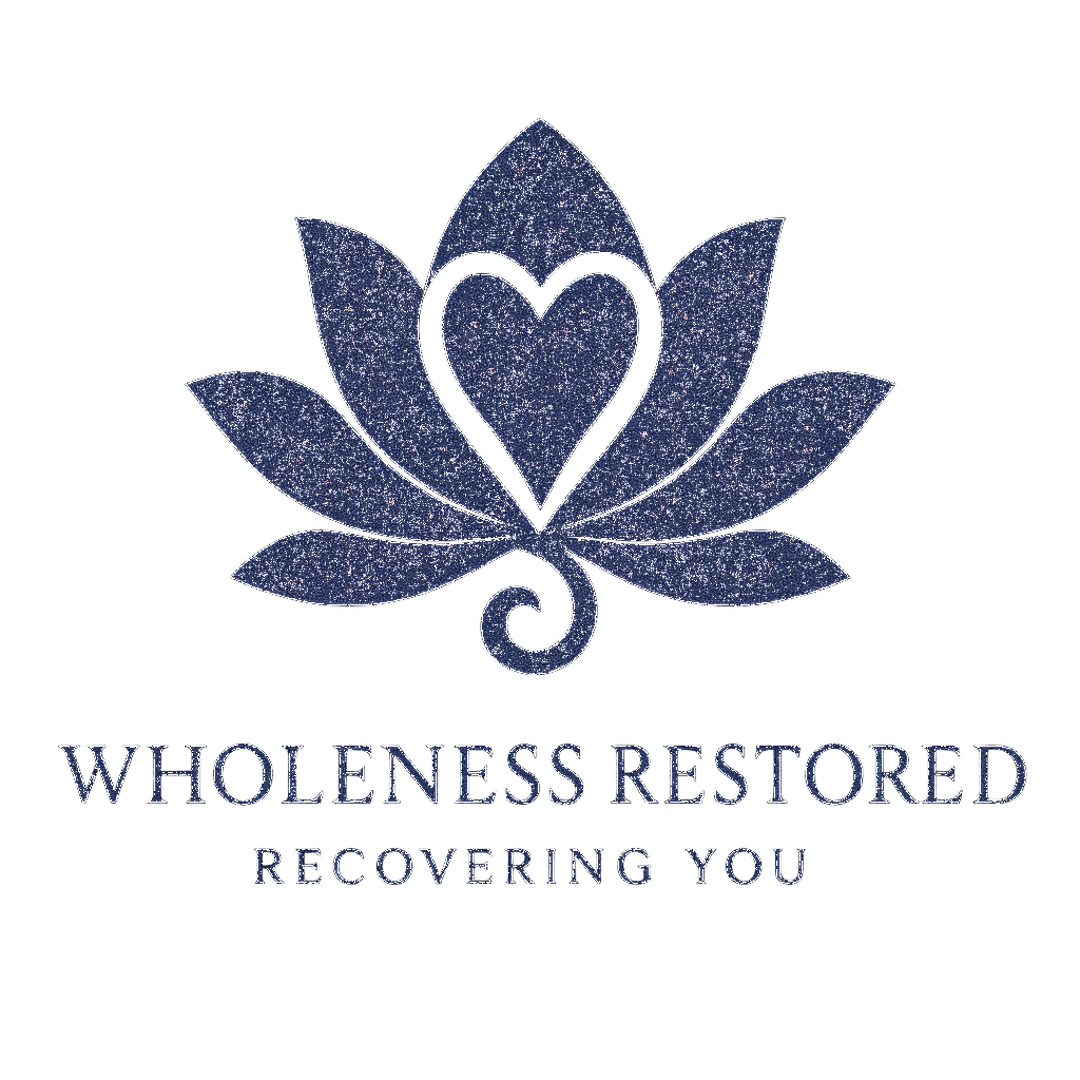Addiction Isn’t the Problem—It’s the Attempted Solution
The groundbreaking work of Dr. Gabor Maté, a physician and expert in addiction, trauma, and childhood development, has profoundly shifted the way we understand compulsive behaviors. Drawing on decades of clinical experience and research, he reframes addiction not as a choice or moral failing, but as a coping strategy—an attempt to soothe deep emotional wounds.
According to his widely cited definition, addiction is any behavior that a person finds temporary relief or pleasure in, craves, suffers negative consequences from, and yet struggles to give up. At its core, addiction is not about the substance or behavior itself—it’s about the pain that drives it.
Why the Pain, Not Why the Addiction
Rather than asking, “Why the addiction?” the more useful question is, “Why the pain?”
Addiction often begins as a response to early emotional wounds—experiences of neglect, abuse, abandonment, or relational disconnection in childhood. When a child’s core needs for safety, attunement, and acceptance aren’t met, they learn to adapt. These adaptations may serve survival in the moment but can manifest later in life as patterns of avoidance, self-soothing, or emotional numbing through compulsive behavior.
These behaviors provide short-term relief but can evolve into long-term suffering.
The Lasting Impact of Childhood Wounding
Early relational trauma doesn’t just shape personality or coping patterns—it impacts brain development and stress regulation. Chronic emotional stress in childhood can alter the brain’s reward system, diminish impulse control, and create a heightened sensitivity to rejection or threat. Over time, these neurological patterns lead individuals to seek out behaviors or substances that offer predictable, immediate relief.
What may appear as “bad habits” or “addictive tendencies” are often sophisticated strategies to manage deep emotional discomfort. Behaviors like overworking, compulsive sex, overeating, or substance use aren’t random—they’re rooted in a search for comfort, safety, and control.
Addiction as a Response to Disconnection
At its foundation, addiction is a condition of disconnection—from self, from others, and from a sense of meaning or inner peace. When authentic emotional needs go unmet, the nervous system becomes dysregulated, and individuals seek whatever means are available to restore a sense of control or numbness.
The behavior itself is not the core issue—it’s a signal of underlying, unresolved pain.
What True Healing Requires
Addressing addiction or compulsive behavior involves more than stopping the behavior. It means tending to the pain beneath it, rebuilding a connection with the self, and creating new pathways for emotional regulation and relational safety. Healing often involves:
Emotional safety – Environments where vulnerability is met with compassion
Nervous system regulation – Practices that restore balance and reduce reactivity
Grief work – Honoring what was lost or never given
Boundaries and self-awareness – Reclaiming agency and choice
Connection – Re-establishing trust in relationships and community
Self-compassion – Learning to meet one’s pain with gentleness, not judgment
Final Thoughts
Addiction and compulsive behaviors are not signs of brokenness—they are evidence of survival. They reflect an individual’s deep and often unconscious effort to manage pain, regulate emotion, and feel some sense of control in an overwhelming world.
Understanding addiction through the lens of trauma and childhood wounding opens the door to empathy—not just for others, but for ourselves. And in that space, true healing begins.
